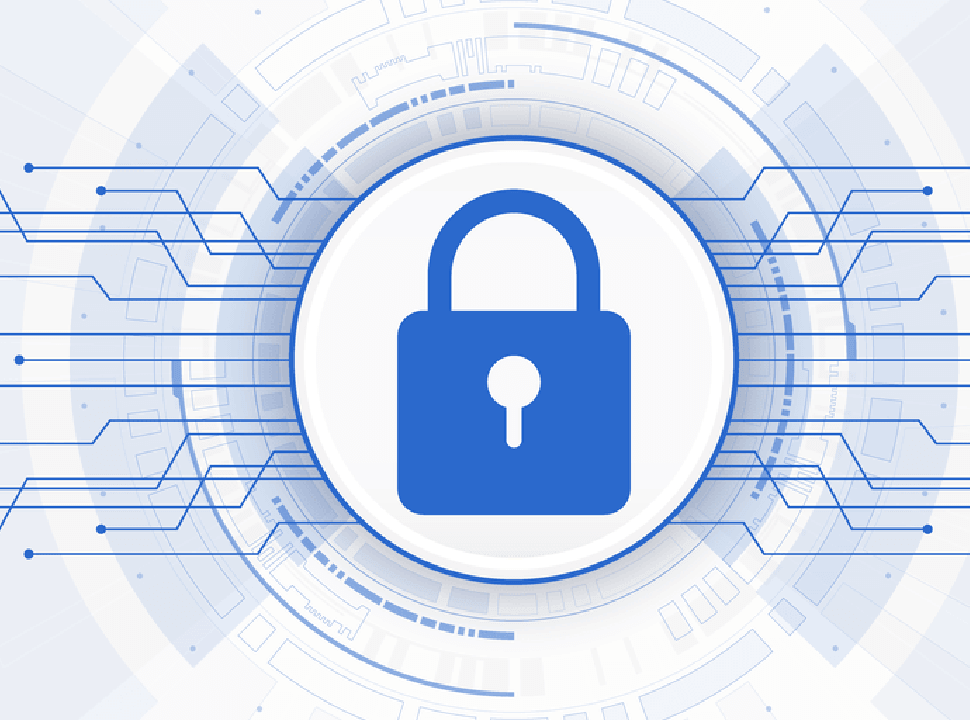5 Important Points of SIEM Evaluation Checklist


Over the past couple of years, the Security Information and Event Management (SIEM) solution has been recognized as an effective tool in the Security Operation Center (SOC) of organizations. Whether it comes to managing the multiple tools or meeting the compliance standards, SIEM has always been playing its crucial role. However, since there is a multitude of SIEM solutions available in the IT market today, selecting the right one is an extremely important but difficult task for enterprises. To this end, organizations must be familiar with the benefits of SIEM technology.
In this article, we will explore a 5-point checklist that would help you when you evaluate a SIEM system for your company.
Before deploying a SIEM system, make sure that it is compatible and supports your existing devices such as VPN, IDS/IPS, Windows/Unix servers, antivirus consoles, routers, gateways, bridges, and firewalls. Why is it essential? SIEM has the responsibility to inject logs generated by these devices. If SIEM is not supporting such devices, then it is of no use because critical log data would not be analyzed.
Modern corporate SOC contains many tools and applications. If you are planning to buy a SIEM for your company, you must ensure that whether your selected product offers integration with your existing tools and applications, as well as additional ones that can be required in the future.
Needless to say, the SIEM that doesn’t support integration is redundant, offers limited scope and functionality, and less effective against cybersecurity risk.
Therefore, integration is one of the most important considerations when buying a SIEM solution. The example of the tools that SIEM should integrate may include:
To facilitate organization's life, Logsign SIEM offers hundreds of predefined integrations. It offers excellent features like dashboards, widgets, alerts, and reports.
An effective SIEM technology should also support disparate groups. The access should be restricted on a need-to-know basis for events and alerts. The groups that are segregated based on geographic location and departments enable efficiency and clarity during incident management.
For example, the Computer Security Incident Response Team (CSIRT) working in Malaysia may not need tracking incidents in Turkey because they should only be concerned with the incidents in Malaysia. If this is not the case (all incidents are being fed into the same system), then a lot of confusion and chaos will have emerged. This is the reason the access on a need-to-know basis is always critical.
Logsign SIEM's advanced delegation feature allows enterprises to easily incorporate all groups and units within the security process.
Reporting increase understanding of risk and opportunities, evaluate performance, streamline processes, reduce costs, and improve efficiency. Besides, reports also help in identifying existing security loopholes and prevent the happening of similar incidents in the future. So, is your SIEM generate reports at various levels such as technical, mid-level, and top management? It is also an important consideration when you are planning to buy a SIEM tool.
Logsign SIEM bears hundreds of predefined widgets, dashboards and report templates that allow all the output and instant monitoring visible and understandable. Moreover, it allows you to easily prepare new ones thanks to its flexible and easy structure.
Meeting compliance standards is one of the most important requirements of every organization that stores data of any kind, especially after the emergence of the General Data Protection Regulation (GDPR). You must ensure that your out-of-the-box SIEM system meets compliance requirements of regulatory standards such as GDPR, HIPA, SOX, and so on. To do this end, the SIEM must have the capability to customize and build new compliance reports.
Logsign SIEM bears predefined report templates, you can receive a few independent reports as one report thanks to its analytic-based multi-reporting feature. It enables you to complete your compliance processes at minimum time by automatizing the needs and timing them at specific periods.
Undoubtedly, SIEM has proved to be an effective solution against the ever-growing cybersecurity threats and attacks. Whether it comes to collecting, processing, storing log data in a central location, correlating logs to detect anomalies, identifying suspicious behavior, or conducting forensics, the need for a SIEM is inevitable and cannot be disregarded. Before deploying a SIEM system, you must ensure that it supports devices, allows integration, support groups, enable reporting, and meets compliance requirements.
Are you thinking about selecting the SIEM that offers all the above-said features? Taking a risk can be expensive not only in terms of cost but also for the prospective cybersecurity of your organization. To avoid this situation, Logsign offers a next-generation SIEM at your doorstep. It provides: